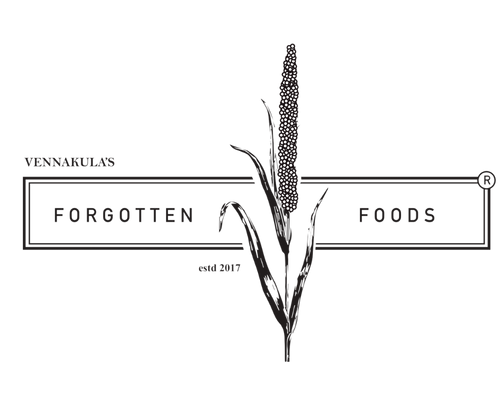Introduction
As the world shifts towards healthier and more sustainable food choices, millets are making a strong comeback. These ancient grains have been cultivated for thousands of years and are deeply rooted in India’s agricultural heritage. Also known as Siridhanya or Sri Anna, these forgotten foods are now gaining global recognition for their nutritional benefits, resilience to climate change, and sustainability. But what makes millets the superfood of the future? Let’s explore.
1. Nutritional Powerhouse
Millets are packed with essential nutrients, fiber, proteins, vitamins, and minerals. Unlike polished white rice or refined wheat, these native grains retain their natural goodness, making them an excellent choice for a balanced diet. Here’s why they stand out:
- High in Dietary Fiber – Aids digestion and promotes gut health.
- Rich in Protein – Ideal for vegetarians and vegans looking for plant-based protein.
- Low Glycemic Index – Helps in managing diabetes by preventing sudden sugar spikes.
- Packed with Micronutrients – Millets contain iron, magnesium, calcium, and B vitamins, essential for overall health.
2. A Sustainable Crop for a Sustainable Future
With climate change impacting global agriculture, millets emerge as a resilient and sustainable grain. They require less water, thrive in poor soil conditions, and grow without excessive fertilizers or pesticides. This makes them an eco-friendly alternative to conventional grains like wheat and rice, which deplete water resources and soil nutrients.
By promoting millet farming, we can reduce the environmental footprint of food production while ensuring food security.
3. Millets for Better Health
Including Siridhanya millets in daily meals can prevent lifestyle diseases and improve overall well-being. Here’s how different millet varieties contribute to health:
- Foxtail Millet – Good for gastric troubles and heart health.
- Kodo Millet – Helps in weight management, digestion and strengthening nervous system.
- Little Millet – Rich in antioxidants, great for detoxification, thyroid issues and balancing harmones in the body.
- Barnyard Millet – A good source of iron, preventing anemia.
- Finger Millet (Ragi) – Strengthens bones and improves calcium intake.
4. Reviving Forgotten Foods for a Healthier Tomorrow
Millets, a forgotten food, are now making their way back into modern kitchens. From traditional recipes like millet porridge (kanji) and dosa to innovative foods like Kodo Millet Flakes, these grains offer both nutrition and convenience.
The revival of native grains like millets also empowers farmers by providing them with a sustainable livelihood and reducing dependency on chemical-intensive farming.
5. Easy Ways to Include Millets in Your Diet
If you’re wondering how to incorporate millets into your meals, here are some simple ideas:
- Replace white rice with millet-based rice alternatives in daily meals.
- Enjoy a millet porridge for breakfast for sustained energy.
- Use millet flour to make rotis, dosas, or pancakes.
- Snack on millet-based health mixes instead of processed foods.
- Add millet flakes to smoothies, yogurt, or granola.
Conclusion
Millets are more than just a food trend; they are the superfood of the future. As the demand for healthy, sustainable, and climate-friendly foods increases, these forgotten grains are set to take center stage in global diets. Whether you’re looking for better nutrition, improved health, or a way to support sustainable farming, incorporating millets into your daily routine is a step in the right direction.
Explore our range of millet-based products at Forgotten Foods and embrace a healthier lifestyle today!

Comments (0)
Back to News